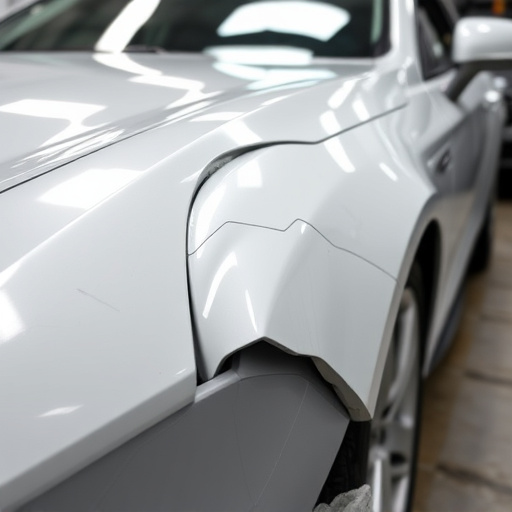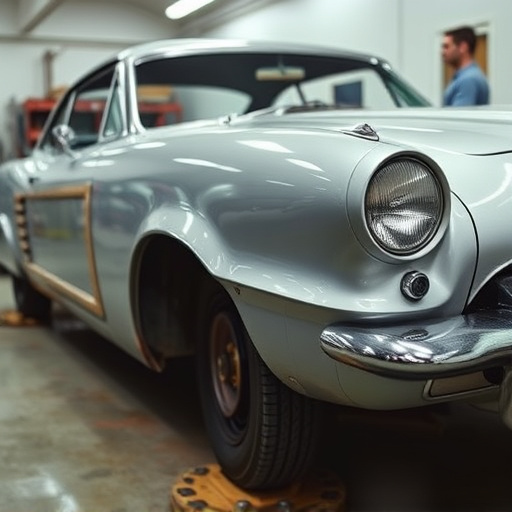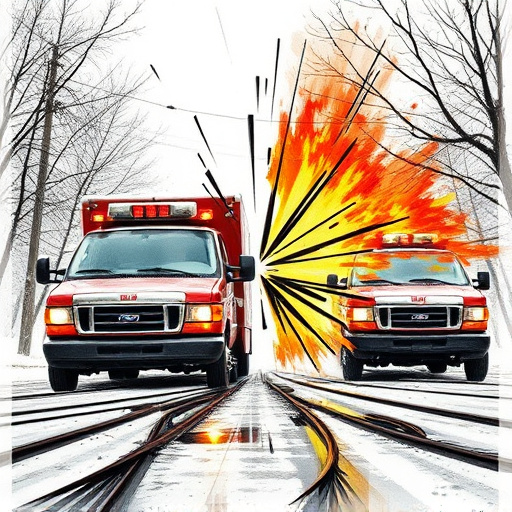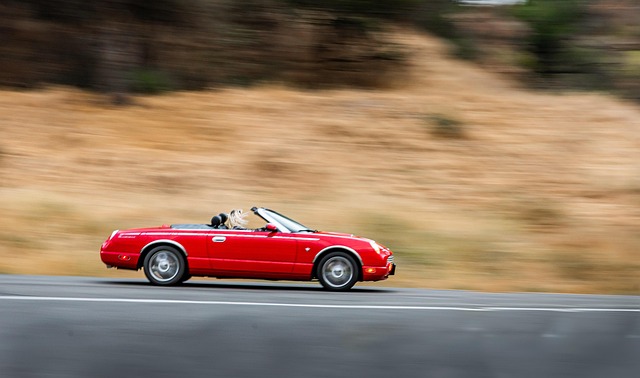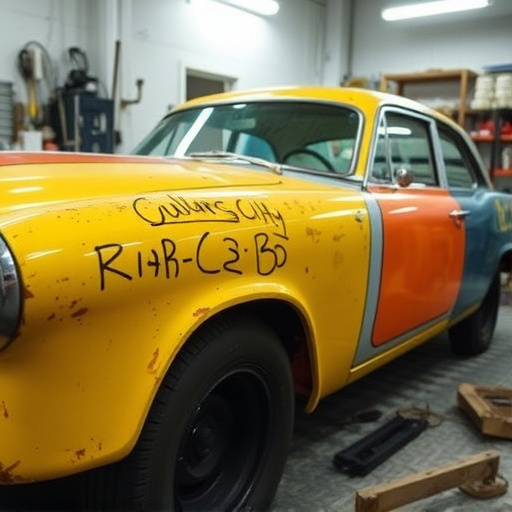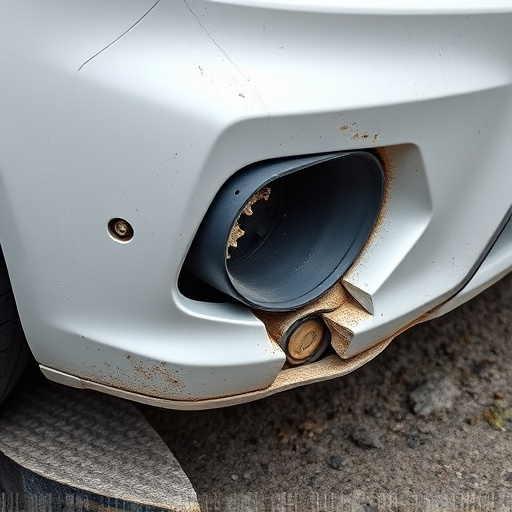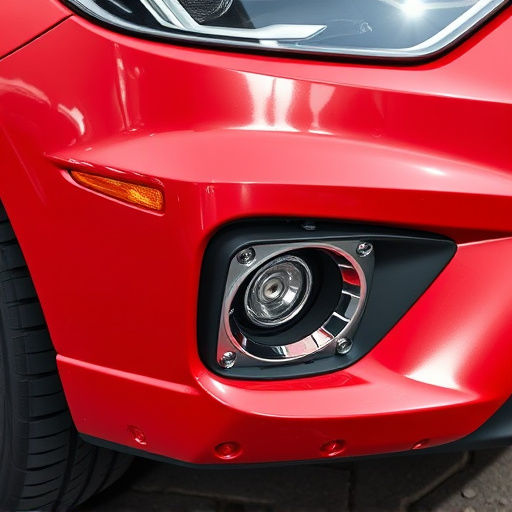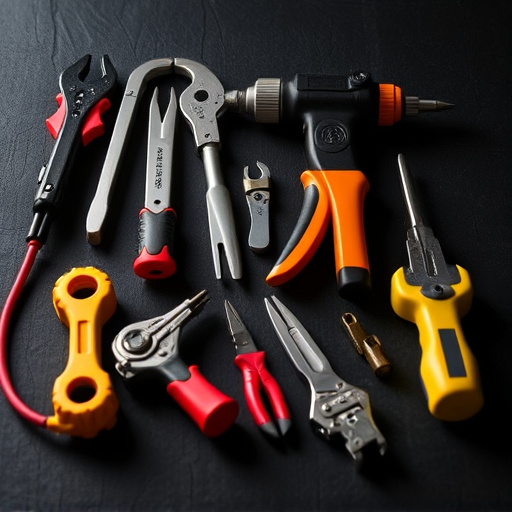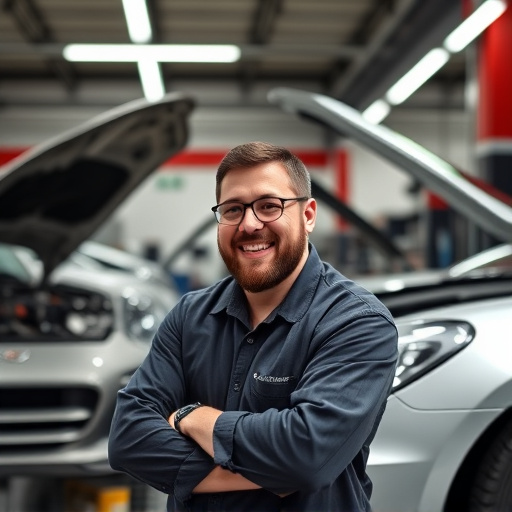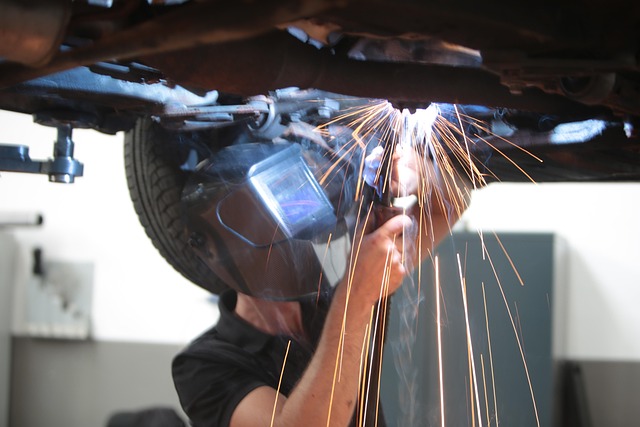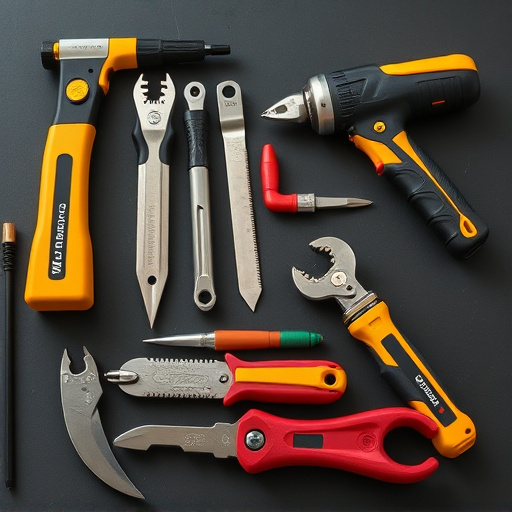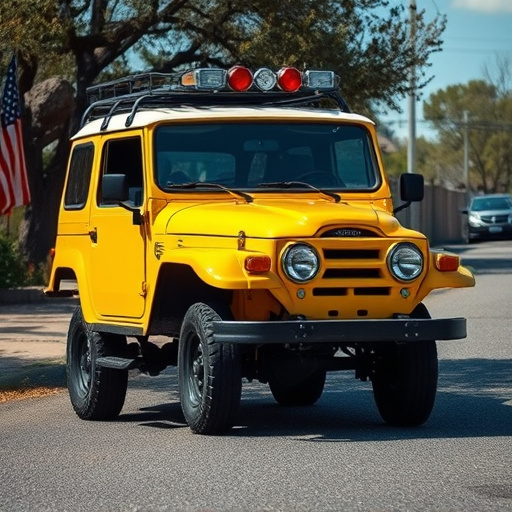Tesla's vegan leather offers eco-friendly style but is prone to punctures. Visual inspection and specialized tools help detect damage. DIY kits provide cost savings for minor repairs, while professional restoration ensures precise, long-lasting results for complex areas. Tesla vegan leather repair requires considering skill level and desired outcomes.
Tesla vehicles are known for their innovative features, but their vegan leather interiors come with unique challenges. This article delves into the intricacies of repairing punctures caused by sharp objects in Tesla’s vegan leather. We explore the distinct properties and vulnerabilities of this material, offering insights on effective visual inspection techniques. Additionally, we compare DIY repair methods to professional restoration, guiding you through the options for restoring your Tesla’s interior to its original condition, focusing solely on “Tesla vegan leather repair.”
- Understanding Tesla Vegan Leather: Properties and Vulnerabilities
- Assessing Puncture Damage: Visual Inspection Techniques
- Repair Methods: DIY vs Professional Restorations
Understanding Tesla Vegan Leather: Properties and Vulnerabilities
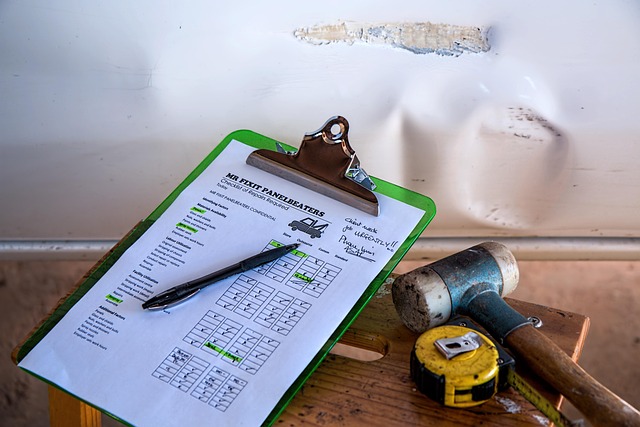
Tesla’s vegan leather is a unique material choice for automotive interiors, offering both style and sustainability. Unlike traditional animal-based leathers, vegan leather is crafted from plant-derived materials, such as pineapple leaves or mushroom mycelium, providing an eco-friendly alternative. This innovative fabric boasts excellent durability, flexibility, and comfort, making it a preferred option for car manufacturers aiming to reduce their environmental impact without compromising quality.
However, like any material, Tesla vegan leather is not immune to damage. Sharp objects can easily puncture this delicate fabric, leading to unsightly tears or holes. Such damage not only affects the aesthetics of the vehicle’s interior but also raises concerns about its longevity and protection against further wear and tear. Understanding these vulnerabilities is crucial when considering Tesla vegan leather repair, especially compared to options like a collision repair center for Mercedes Benz or car dent repair services. Prompt action to address punctures ensures the material’s durability and maintains the vehicle’s overall value.
Assessing Puncture Damage: Visual Inspection Techniques
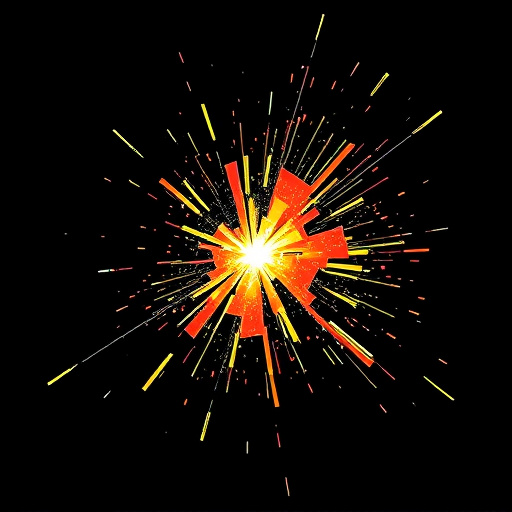
When assessing Tesla vegan leather for puncture damage, a thorough visual inspection is key. Start by examining the surface for any visible tears, holes, or deformities caused by the sharp object. Use good lighting and a magnifying glass to spot even the smallest punctures as these can impact the overall look and feel of the material. Check for inconsistencies in the texture, color changes, or signs of delamination—all indicators of deeper damage that might require professional Tesla vegan leather repair.
Classic car restoration experts often employ specialized tools like pressure sensors or UV lights to uncover hidden damage, which could be particularly useful when dealing with intricate designs and hard-to-reach areas. If the punctures are superficial, you might consider simple DIY repairs; however, for deeper or more widespread damage, consulting a reputable collision repair center specializing in Tesla vegan leather repair is recommended to ensure effective and lasting solutions.
Repair Methods: DIY vs Professional Restorations

When it comes to repairing Tesla vegan leather after sharp object punctures, the options typically revolve around DIY methods or professional restaurations. For the intrepid DIYer, there are various kits available that offer a cost-effective solution. These kits usually include everything needed for simple repairs, such as matching vegan leather patches and adhesive. This route can be appealing for those looking to save money and maintain control over the process.
However, professional restaurations often provide superior results, especially for more complex damage or punctures in hard-to-reach areas. Experienced technicians have access to specialized tools and materials designed specifically for automotive collision repair, including vegan leather. They can also ensure a seamless finish that matches the original vehicle’s interior, enhancing both aesthetics and functionality. This option may carry a higher cost but guarantees expert handling, precise dent repair, and long-lasting results.
Tesla vegan leather, known for its durability and eco-friendly nature, can still suffer from punctures caused by sharp objects. Understanding the material’s properties and vulnerabilities is key to effective repairs. By mastering visual inspection techniques, you can assess damage accurately. Repair options range from DIY approaches for minor punctures to professional restorations for more extensive damage. Choosing the right method ensures your Tesla vegan leather remains in top condition, preserving both its aesthetic appeal and longevity. For efficient Tesla vegan leather repair, knowledge and the right tools are your best allies.
